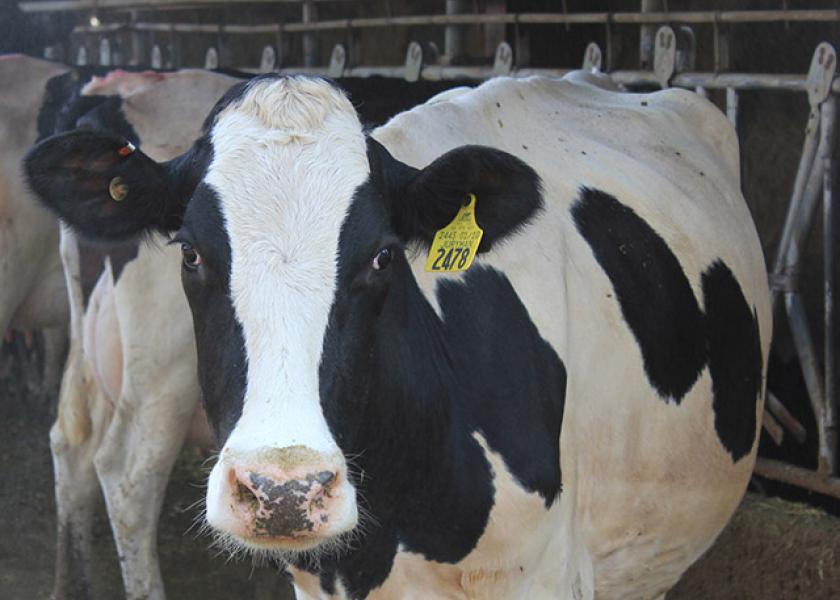What Her Gut Can Tell You

Emerging evidence of a link between disruptions in intestinal function and impaired productivity and health in dairy cows is causing researchers and nutritionists to look at fecal pH as a gut-function and health monitoring tool.
Rafael Alejandro Palladino, an Argentinian researcher exploring the intricacies of fecal pH, explained how changes in the metric can be an early signal of digestive and health disruptions. He said overflows of fermentable carbohydrates from the rumen can cause an oversupply of organic acids in the lumen of the large intestine, dropping the pH to potentially harmful levels.
The result of this acidic environment is a cascade of unfortunate events – disruption of intestinal microorganisms, impaired fermentation and nutrient uptake, inflammation of the digestive tract, and diarrhea.
That makes fecal pH monitoring a logical tool to keep a handle on what’s happening in the digestive tract, and detect early signals of digestive disruption. But Palladino and his team found the monitoring process is not as easy as taking a daily (or even less frequent) fecal sample and checking the pH.
The researchers conducted a four-day study that recently was published in the Journal of Dairy Science. They evaluated the fecal pH of 12 lactating Holstein cows, with samples collected every 4 hours.
Cows were individually fed an identical TMR once daily, at a rate of 110% of their previous day’s intake. Dry matter intake and milk yield also were recorded daily.
Although variable between individual animals, fecal pH showed a distinct, harmonic pattern across 24 hours. The daily mean occurred around feeding time, with pH climbing precipitously to its highest level in the 6 hours after feeding, then dropping rapidly in the next 3 hours after that.
Over the course of 24 hours, the average pH varied from as low as 5.8 to as high as nearly 6.8, with a daily mean around 6.2.
Amplitude (distance from mean to peak) was positively correlated with dry matter intake.
Palladino suggested the higher peak in cows that ate more could be due to an increase in the amount of fermentable carbohydrate reaching the hindgut in response to increased intake.
Based on their findings, Palladino shared his advice to those choosing to monitor fecal pH as a proxy for gut health. He said it is critical to collect samples at several time points to account for daily rhythmicity, and to record sampling time relative to feeding.







